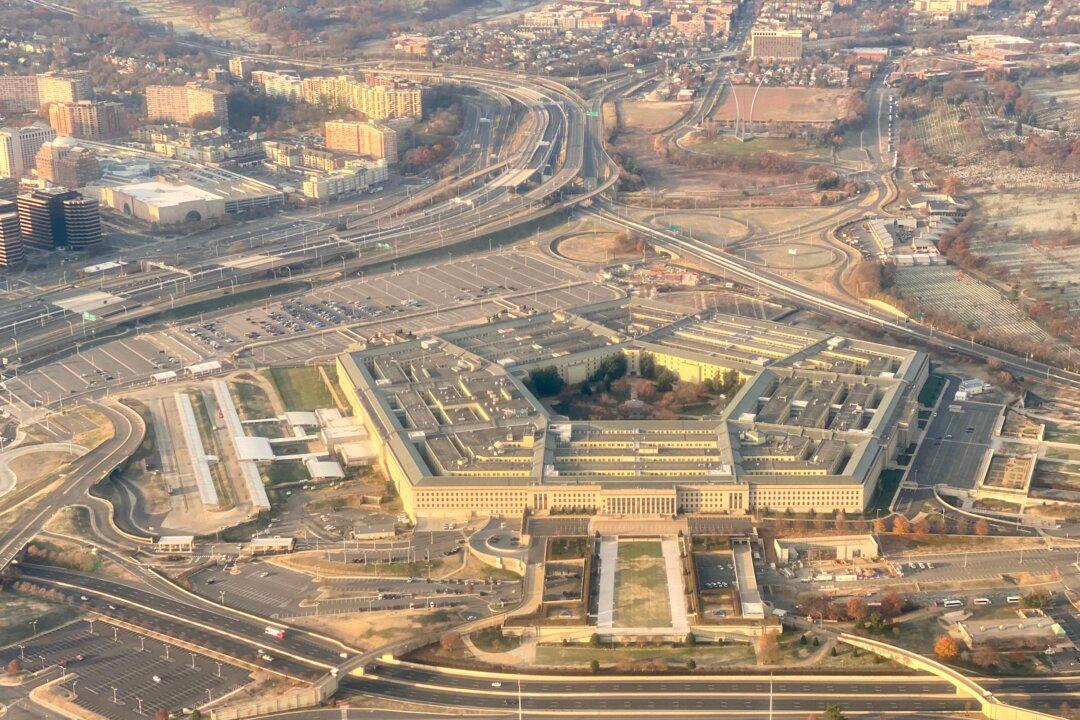Commentary
A new report released by the U.S. Department of Defense summarizes Chinese strategic thinking on active defense, but doesn’t recognize the new geography and communist strategic signature that suggests a preemptive, offensive strategy.

A new report released by the U.S. Department of Defense summarizes Chinese strategic thinking on active defense, but doesn’t recognize the new geography and communist strategic signature that suggests a preemptive, offensive strategy.